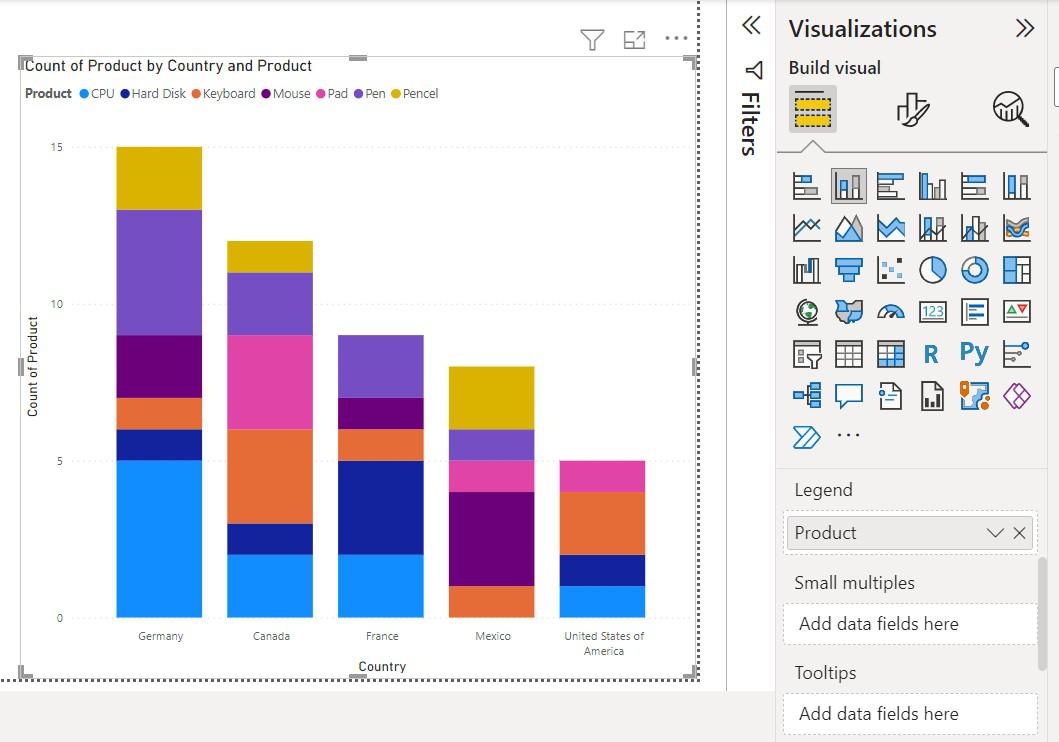Transforming Clicks into Connections: The Future of Digital Advertising

In today's fast-paced digital landscape, where every click holds the potential for connection, the evolution of digital advertising is more crucial than ever. As 구글상위노출 navigate an increasingly crowded online space, the challenge shifts from merely capturing attention to fostering genuine relationships with consumers. The traditional model of digital advertising, focused primarily on impressions and conversions, is giving way to a more nuanced approach that values engagement and community building.
The future of digital advertising lies in its ability to transform fleeting clicks into meaningful connections. By leveraging data-driven insights and innovative strategies, brands can move beyond transactional interactions and start creating experiences that resonate with their audience. This shift promises not only to enhance customer loyalty but also to redefine how businesses approach their marketing efforts in an ever-changing environment. As we look ahead, it is clear that the key to success will be finding ways to connect authentically with consumers in a digital world that thrives on relationships.
The Evolution of Digital Advertising
Digital advertising has undergone remarkable changes since its inception, evolving from simple banner ads to complex campaigns that leverage data and technology. In the early days, advertising online was mainly about creating visibility on websites. Advertisers relied on static placements to reach their audience, which often resulted in low engagement and minimal interaction. However, as the internet matured, so did the approaches to reaching potential customers.
With the rise of social media and search engines, digital advertising began incorporating more sophisticated methods. Advertisers started utilizing targeted ads based on user behavior, demographics, and interests. This shift allowed businesses to create personalized experiences, significantly increasing the effectiveness of their marketing strategies. The introduction of pay-per-click models also revolutionized the industry by providing measurable outcomes and improving return on investment for advertisers.
Today, digital advertising continues to evolve with advances in artificial intelligence and machine learning. These technologies enable marketers to analyze vast amounts of data in real time, allowing for more precise targeting and optimization of campaigns. Engaging with consumers has become interactive and dynamic, with a focus on building relationships rather than just driving sales. As the landscape continues to change, brands must adapt their strategies to maintain relevance in an ever-competitive market.

Building Authentic Connections
In the realm of digital advertising, fostering genuine connections with audiences has become a crucial strategy for marketers. As consumers are bombarded with countless ads daily, authenticity stands out as a driving force behind successful campaigns. Brands that embrace transparency and engage in meaningful conversations with their audience not only capture attention but also build trust. This trust leads to long-term relationships that extend beyond mere transactions, transforming customers into loyal advocates for the brand.
Engaging storytelling is one of the most effective ways to create these authentic connections. By sharing relatable narratives that resonate with their target audience, brands can evoke emotions and establish a deeper bond. Personalizing content based on customer preferences and behaviors further enhances this connection. When consumers feel that a brand understands their needs and values, they are more likely to engage positively with its messaging, ultimately leading to increased brand loyalty and advocacy.
Moreover, leveraging social media platforms allows brands to interact directly with consumers in real time, making connections even more personal. Through comments, messages, and shares, advertisers can create a two-way dialogue that enriches the customer experience. Social media facilitates the opportunity for brands to listen to feedback, respond to inquiries, and participate in conversations that matter to their audience. By prioritizing these authentic interactions, brands not only enhance their marketing efforts but also contribute to a more connected and engaged community.
Innovative Strategies for Engagement
Engaging consumers in the digital landscape requires a shift from traditional advertising methods to more interactive and personalized experiences. One effective strategy is the use of dynamic content, which tailors advertisements based on individual user preferences and behaviors. By analyzing data from previous interactions, brands can deliver relevant messages that resonate with target audiences. This level of personalization not only enhances engagement but also fosters a deeper connection between the consumer and the brand.
Another innovative approach is leveraging gamification in advertising. By incorporating game-like elements into advertising campaigns, brands can create a more immersive experience that encourages participation and interaction. This could involve quizzes, challenges, or rewards systems that stimulate interest and motivate users to engage with the brand on a deeper level. Not only does gamification increase user engagement, but it also promotes brand loyalty as consumers feel rewarded for their participation.
Lastly, the rise of social commerce has revolutionized how brands can engage with consumers. Integrating shopping experiences directly within social media platforms allows consumers to discover and purchase products seamlessly. By utilizing influencers and user-generated content, brands can enhance authenticity and build trust. Engaging consumers through these social channels not only facilitates immediate purchases but also creates ongoing conversations that strengthen the relationship between the brand and its audience.
